DATA SOURCE(S): 14,26,30,31
Common Name(s): Freijo, jenny wood
Scientific Name: Cordia goeldiana
Distribution: Brazil
Tree Size: 50-65 ft (15-20 m) tall,
1.3-1.5 ft (.4-.6 m) trunk diameter
Average Dried Weight: 36.2 lbs/ft3 (580 kg/m3)
Specific Gravity (Basic, 12% MC): 0.50, 0.58
Janka Hardness: 770 lbf (3,420 N)
Modulus of Rupture: 12,760 lbf/in2 (88.0 MPa)
Elastic Modulus: 1,904,000 lbf/in2 (13.13 GPa)
Crushing Strength: 7,200 lbf/in2 (49.7 MPa)
Shrinkage: Radial: 3.9%, Tangential: 6.7%,
Volumetric: 10.3%, T/R Ratio: 1.7
Color/Appearance: Heartwood color ranges from light yellowish to medium brown, sometimes with darker streaks. Lighter portions of heartwood aren’t always clearly demarcated from sapwood. Quartersawn surfaces can exhibit a moderate amount of ray fleck given the width of the rays.
Grain/Texture: Grain is straight to shallowly interlocked. Texture is uniform but can be rather coarse due to the very large pores. Good natural luster.
Rot Resistance: Rated as durable, though not recommended for direct ground contact. Generally good resistance to most borers, though only moderately so against termites.
Workability: Easy to work with hand or machine tools. Glues, stains, and finishes well. Good dimensional stability and steam bending qualities.
Odor: Generally indistinct, though darker-colored pieces can have a spicy scent when being worked.
Allergies/Toxicity: Although severe reactions are quite uncommon, freijo has been reported as a sensitizer. Usually most common reactions simply include skin irritation. See the articles Wood Allergies and Toxicity and Wood Dust Safety for more information.
Pricing/Availability: Occasionally available as veneer or smaller craft blanks, surfaced lumber is sometimes also available. Expected prices to be in the mid range for an imported hardwood.
Sustainability: This wood species is not listed in the CITES Appendices or on the IUCN Red List of Threatened Species.
Common Uses: Veneer, furniture, cabinetry, boatbuilding, and millwork.
Comments: Freijo is sometimes grouped with other lightweight Cordia species that have similar medium-brown coloration. This is in contrast to the more popular and exotic woods in the genera which have a higher density and more dramatic coloration, namely bocote (C. elaeagnoides) and ziricote (C. dodecandra).
However, the more modest-appearing freijo has an excellent strength-to-weight ratio, very good dimensional stability, and can still have an attractive appearance that has been compared to teak (Tectona grandis) or mahogany (Swietenia macrophylla), though it bears no close botanical relation to either.
Images: Drag the slider up/down to toggle between raw and finished wood.
Identification: See the article on Hardwood Anatomy for definitions of endgrain features.
Porosity: diffuse porous
Arrangement: solitary and radial multiples
Vessels: large to very large, few to very few; tyloses occasionally present
Parenchyma: vasicentric, and sometimes banded (marginal)
Rays: medium to wide width; normal to wide spacing
Lookalikes/Substitutes: Freijo is sometimes used as a substitute in place of the more costly teak (Tectona grandis), especially in boatbuilding applications. The wide rays make Cordia species easy to separate from most other woods bearing a superficial resemblance.
Notes: There are a few moderate-weight Cordia species that can be confused with friejo. This includes C. alliodora and C. trichtoma, as well as African species such as C. africana, C. millenii, and C. platythyrsa.
Related Content:

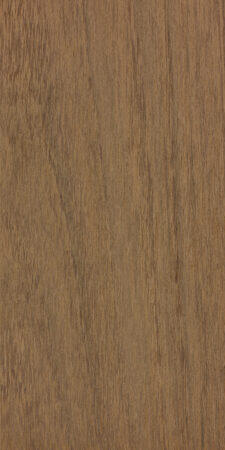
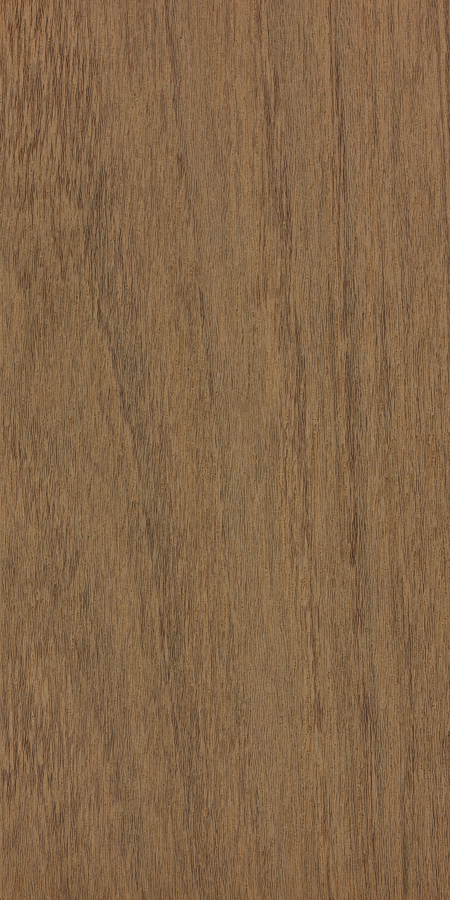
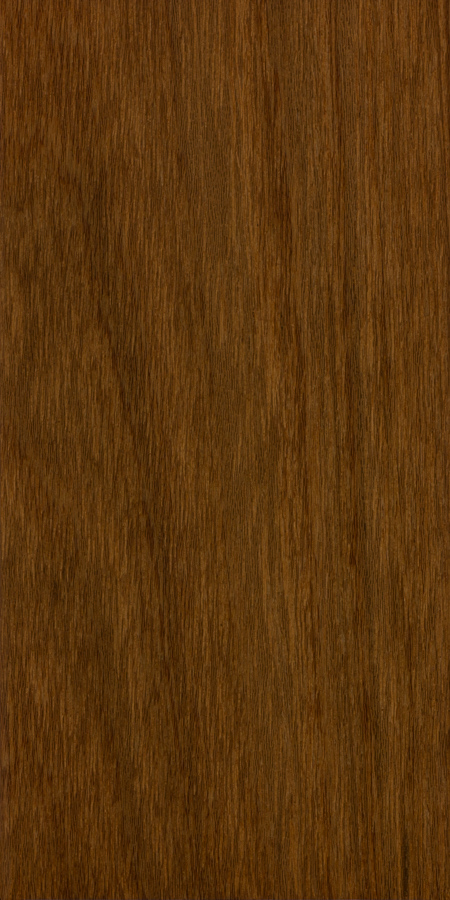
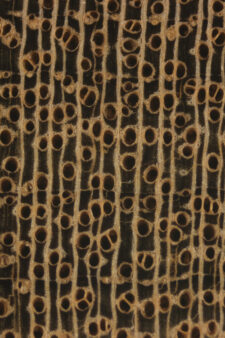

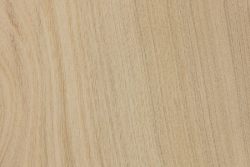
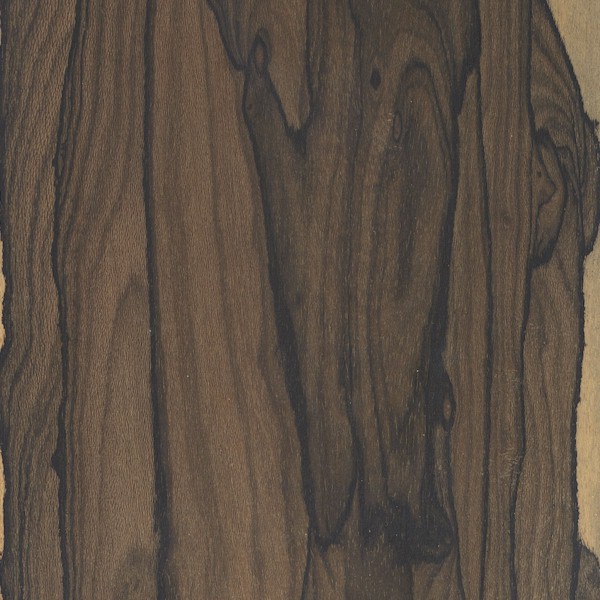
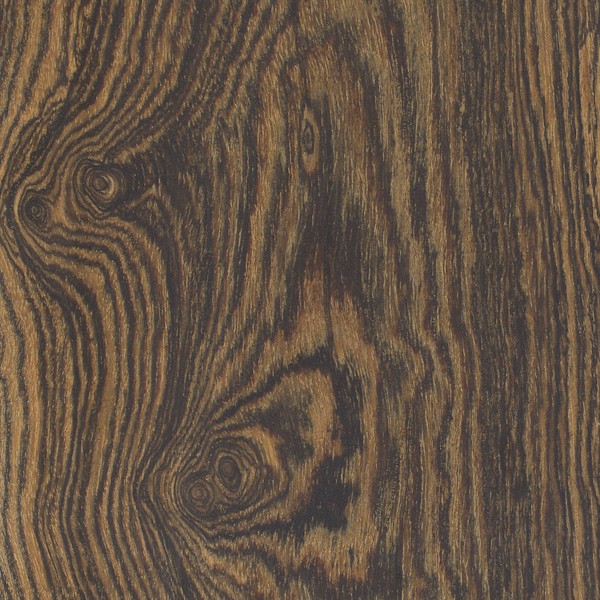
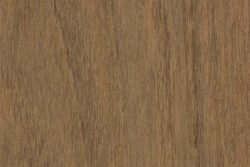
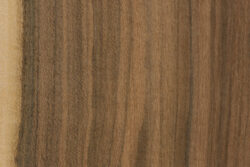
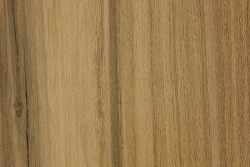






Here a freijó top used on making acoustic guitars.
Freijó is known as the brazilian “ASH”
Hello, in some locations (one being Surinam) this wood is known as Watrakang.